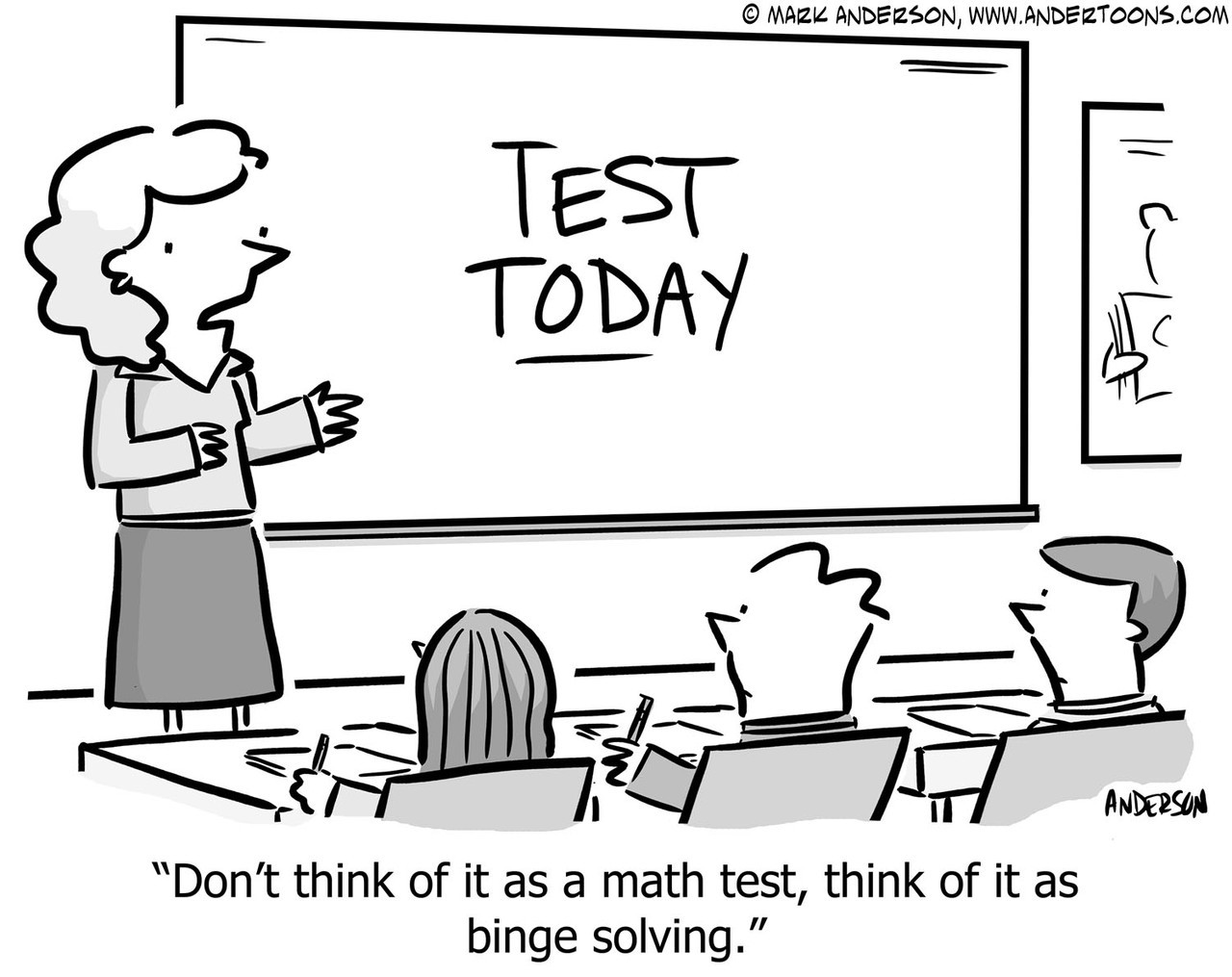This article continues the discussion of event-driven backtesters in Python. In the previous article we considered a portfolio class hierarchy that handled current positions, generated trading orders ...
In the previous article on event-driven backtesting we considered how to construct a Strategy class hierarchy. Strategies, as defined here, are used to generate signals, which are used by a portfolio ...
The discussion of the event-driven backtesting implementation has previously considered the event-loop, the event class hierarchy and the data handling component. In this article a Strategy class hier...
In the previous two articles of the series we discussed what an event-driven backtesting system is and the class hierarchy for the Event object. In this article we are going to consider how market dat...
In the last article we described the concept of an event-driven backtester. The remainder of this series of articles will concentrate on each of the separate class hierarchies that make up the overall...
We’ve spent the last couple of months on QuantStart backtesting various trading strategies utilising Python and pandas. The vectorised nature of pandas ensures that certain operations on large d...
In the first article on successful backtesting we discussed statistical and behavioural biases that affect our backtest performance. We also discussed software packages for backtesting, including Exce...
This article continues the series on quantitative trading, which started with the Beginner’s Guide and Strategy Identification. Both of these longer, more involved articles have been very popula...
Value at Risk (VaR) for Algorithmic Trading Risk Management Estimating the risk of loss to an algorithmic trading strategy, or portfolio of strategies, is of extreme importance for long-term capital g...



